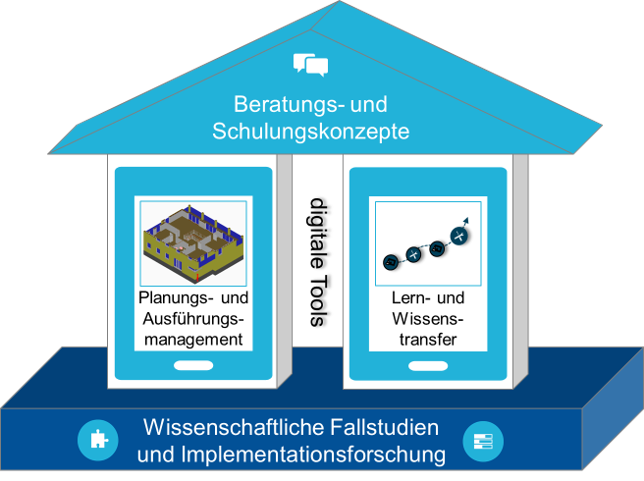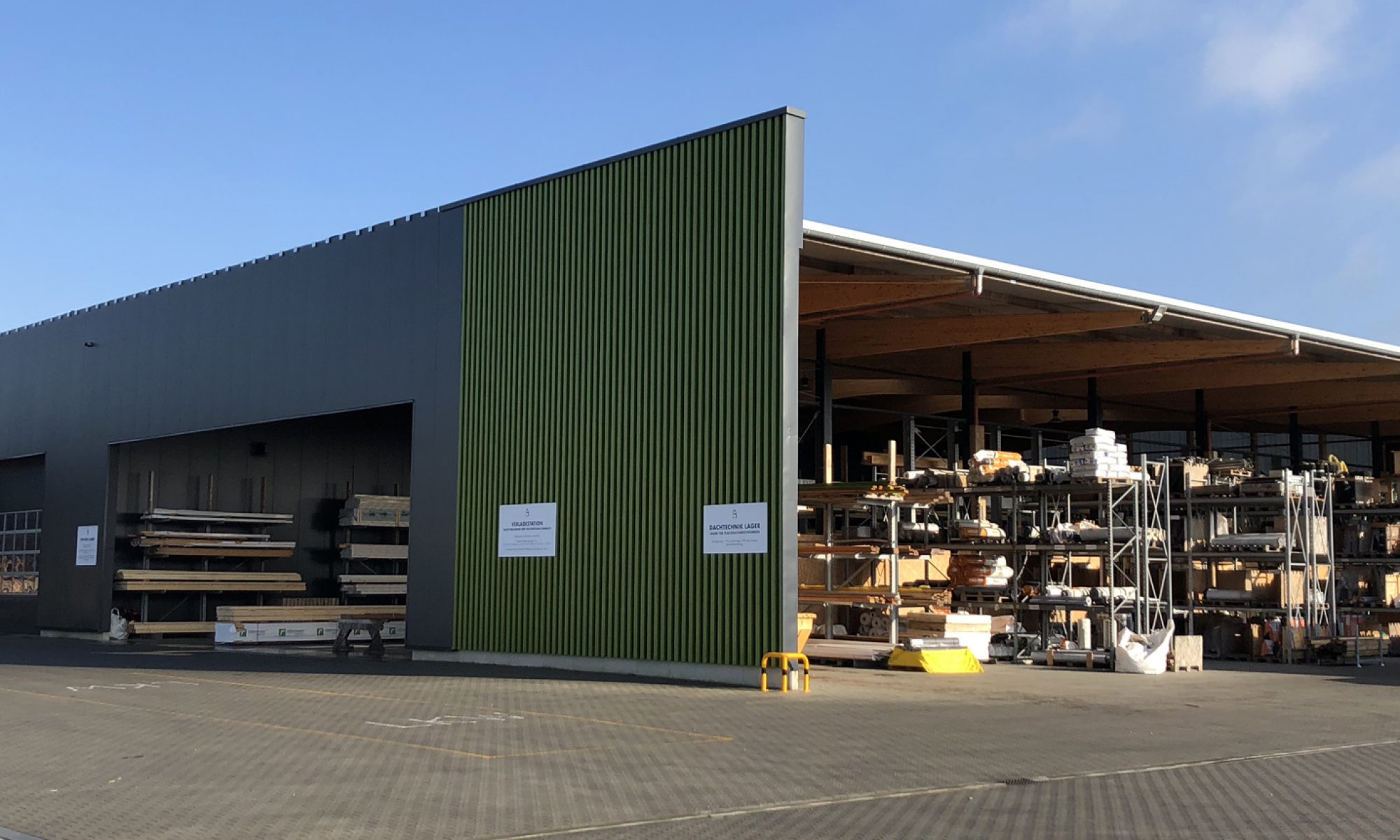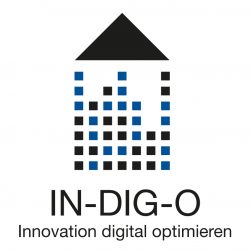Project Goals
The main goal of the joint research project IN-DIG-O is to develop and test two digital tools. The first is going to enable3D-modeling of building projects and serves as a way to optimize cooperation across the trades in the building industry. The second tool supports employees at trainings and facilitates sustainable learning and the application of acquired skills at work.
The integration of the digital tools on the job is supported by consulting services and trainings as well as and the development of a larger job-related network.
Additionally, the project is to generate research findings on how to specifically support the tool development and implementation, how to enable learning transfer in organizations and how to facilitate the design of digital working and learning processes on the job.
Overview-Video

The Starting Point
The building industry is characterized by cross-company and cross-craft cooperation in construction projects. A systematic and efficient flow of information between the companies of different crafts is essential for a successful cooperation. All participants involved in the project need to know which information is needed by different crafting companies and subsequently deliver explicit information themselves. The proceeding digitalization facilitates simultaneous, cross-linked, and fast running work processes – a development that cross-craft cooperation can benefit from. Digital tools like 3D-Building-Information-Modelling can help in avoiding the weaknesses of analog communication and the loss of valuable information. Furthermore, they boost cross-company transparency and communication in building projects. But due to the proceeding digitization of the building industry manufacturers and businesses increasingly demand digital competencies from their workers.
There is a problem not only with the acquisition of digital competencies but also the general acquisition of knowledge: Knowledge and skills acquired through trainings is not transferred into everyday work life. This leads to new techniques and skills not being applied and knowledge getting lost. Hence, affected employees feel demotivated and displeasured. Organizations face a financial loss since their employees are unavailable for work and they pay for the trainings. Therefore, learning transfer needs to be promoted and improved. Against the background of the demographical change, it is essential to transfer competencies and experiences of employees leaving the working life to the following generation. An effective transfer of knowledge plays a crucial role in this as well.
Digital Tools of Planning and Executive Management (Tool 1)
The tool for planning and executive management serves the collection and accumulation of distinct information in construction and offers a transparent overview on the progress of a project through 3D-modelling. Businesses of different crafts can participate through standardized entry masks. This way, operations can be planned and coordinated collectively. Especially smaller businesses, who did not have the possibility to plan three-dimensionally yet, are enabled to take part in the collaboration process.
Possible occurring collisions can already be uncovered in the planning process and not only on the construction site. An integrated feature for comments and messages facilitates the communication between the cooperating businesses. Cadwork informatic Software GmbH is responsible for the development of the digital tool. Brüggemann Holzbau GmbH & Co. KG is the main partner of implementation.
Koop-3D-Tool Video
Digital Tool of Learning and Knowledge Transfer (Tool 2)
The tool for learning and knowledge transfer enhances and promotes knowledge transfer in organizations. It connects formal and informal learning processes in the work process. Furthermore, it initiates reflection processes and the implementation of newly acquired skills at the workplace. It offers a development supporting supervision with a connection of business-internal and business-external learning locations. Moreover, it secures the internal transfer of knowledge in organizations. The digital tool is developed by the company 4A-SIDE GmbH and tested as well as implemented by ebm GmbH & Co. KG.
LeWiT-Tool Video
Consulting Concepts, Training Concepts and Development of a Network of BIM-capable Businesses
To guarantee the practical usability of the newly developed digital tools the handicraft businesses need to be prepared for their application. Consulting the enterprises as well as train and qualify the employees is necessary for using the tools effectively.
The BTZ Osnabrück develops work- and business-applicable concepts of consulting and training for craftspeople. Those concepts are tested and developed as well as the digital tools. Feedback of participating businesses at an early development stage are crucial for later practical usability of the tools.
In addition, the chamber of crafts establishes a network of “BIM-capable” businesses. This is how “BIM-capable” construction partners from different maintenance groups can easily find each other and cooperate. Consultation, qualification, and participation in a network sustainably prepares the craft businesses for the application of new technologies on the workplace. The “Berufsbildungs- und Technologiezentrum” (BTZ) of the chamber of crafts Osnabrück Emsland-Grafschaft Bentheim undertakes these tasks.

